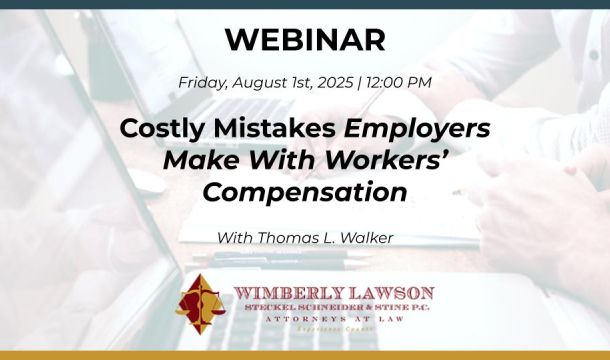PLAINTIFF REFUSED TO CHANGE HER HAIRSTYLE FROM DREADLOCKS TO SOMETHING "PROFESSIONAL"
A plaintiff recently sued an employer alleging that its dress code prohibiting dreadlocks constituted an unlawful employment practice that discriminates on the basis of race. While she was given an offer of employment, it was on the condition that she cut off her dreadlocks, and the offer was withdrawn when she refused to do so. The employer's policy stated:
"All personnel are expected to be dressed and groomed in a manner that project a professional and businesslike image while adhering to company and industry standards and/or guidelines. . . hairstyles should reflect a business/professional image. No excessive hairstyles or unusual colors are acceptable."
The court granted the employer's motion to dismiss the complaint, finding that the facts alleged in the complaint did not support a plausible claim for discrimination. The court stated that employers' grooming policies are outside the purview of Title VII, citing an earlier Fifth Circuit ruling where the court held:
"Equal employment opportunity may be secured only when employers are barred from discriminating against employees on the basis of immutable characteristics, such as race, and national origin . . . [A] hiring policy that distinguishes on some. . . ground [other than sex], such as grooming codes or length of hair, is related more closely to the employer's choice of how to run his business than to equality of employment opportunity. . . . Hair length is not immutable and in the situation of employer vis a vis employee enjoys no constitutional protection. If the employee objects to the grooming code he has the right to reject it by looking elsewhere for employment, or alternatively he may choose to subordinate his preference by accepting the code along with the job."
Editor's Note: While this case correctly summarizes the majority of the federal court rulings, such dress code issues are contentious and sometimes lead to litigation. This is demonstrated by the fact that the EEOC brought the claim against the defendant employer, trying to convince the court that such claims should be allowed. EEOC v. Catastrophe Management Solutions, 122 F.E.P. Cases 758 (S.D. Ala. 2014)
Related Content
Get Email Updates
Recent Content

How to Audit Employment Discrimination Laws Compliance

TPS Update (As of 6/17/2025)

TPS Designation for Honduras and Nicaragua Automatically Extended, But the Date is Uncertain

President Trump Discourages Criminal Enforcement of Agency Rules

Supreme Court Suggests Trump Can Fire Agency Heads without Cause

